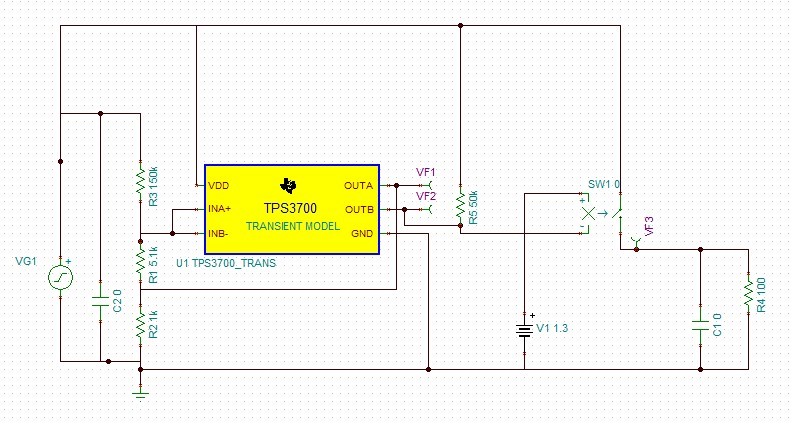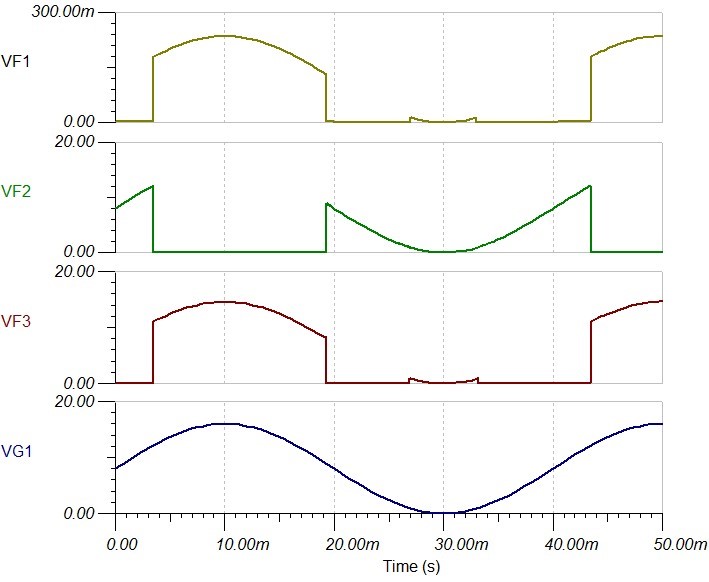Hi,
I was looking at TPS62125, as the only regulator I could find that allowed adjustable threshold and hysteresis, but its output current is too limited.
I am trying to design a similar thing for another regulator with higher output current capabilities, say LM2596. I am also limited on space, so I am looking for a one-chip solution. You may have something else that works better. Please let me know. Also, I want something that can accept a Vin up to 30v.
What I am trying to achieve is (Baiscally a big hysteresis):
1) If regulator is disabled (When system is starting), and input voltage is above 12.16v, then regulator is enabled.
2) Once enabled, if input voltage drop below 9.6 volt, then regulator is disabled.
I also like this to happen very slow (Like with few seconds delay). Wehre can I put some capacitors to slow this down?



